Smart Home | July 4, 2023
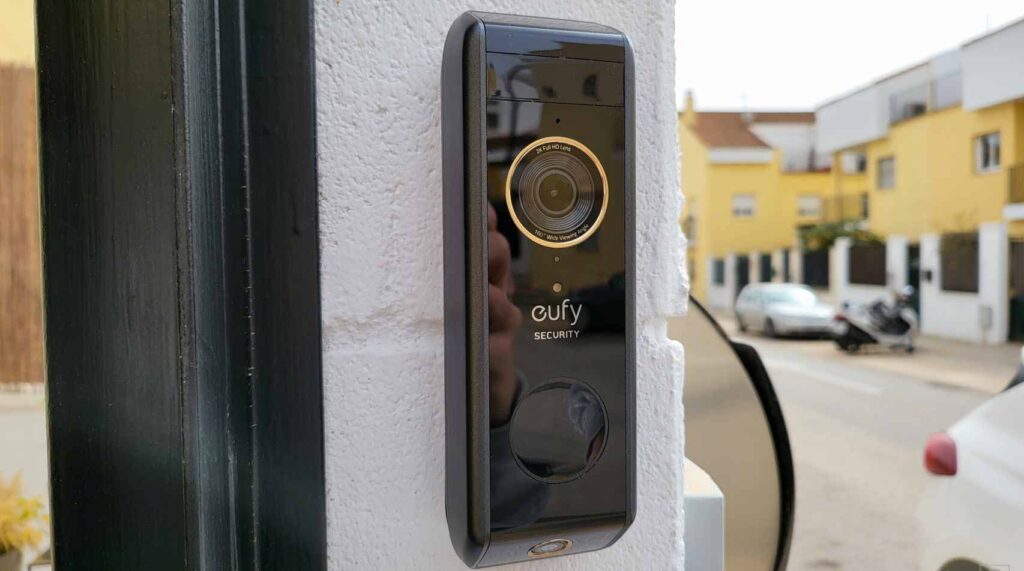
One of the seasons that brings the most changes to our daily lives is approaching, due to children’s vacations, our own vacations, weather changes, and travels. These factors can have an impact on our mobile devices. A significant portion of the travel that takes place in Spain happens during the summer, filling beaches, hotels, and vacation apartments. However, this also means leaving our primary residences unattended. Sometimes it’s just a weekend trip, while other times it can be several weeks, although taking an entire month off for vacation is not as common as it used to be.
Home burglaries increase during the summer for these reasons, and concerns related to squatting don’t help reduce the need to make our homes more secure. In the past, it was common to hire security companies that charge a monthly fee for their services.
In recent months, more affordable alarm systems that depend on Wi-Fi and our attention to mobile notifications have become popular. That’s why we’re going to select several types of devices that can be installed in our homes to know if anyone has entered, even when we’re hundreds of kilometers away.
The most commonly purchased devices for monitoring our homes are undoubtedly security cameras. They come in various price ranges and technologies, allowing us to see in real-time what is happening in our homes and sending notifications if motion is detected. It’s important to differentiate between different types of cameras based on specific needs.
The first decision to make is whether they will be placed outdoors or indoors since not all cameras have protection against water and dust. Outdoor cameras typically have batteries, which means they need to be recharged every few months. Some cameras have solar panels, ensuring that their batteries are always charged. Indoor cameras are more affordable and usually require proximity to a power outlet.
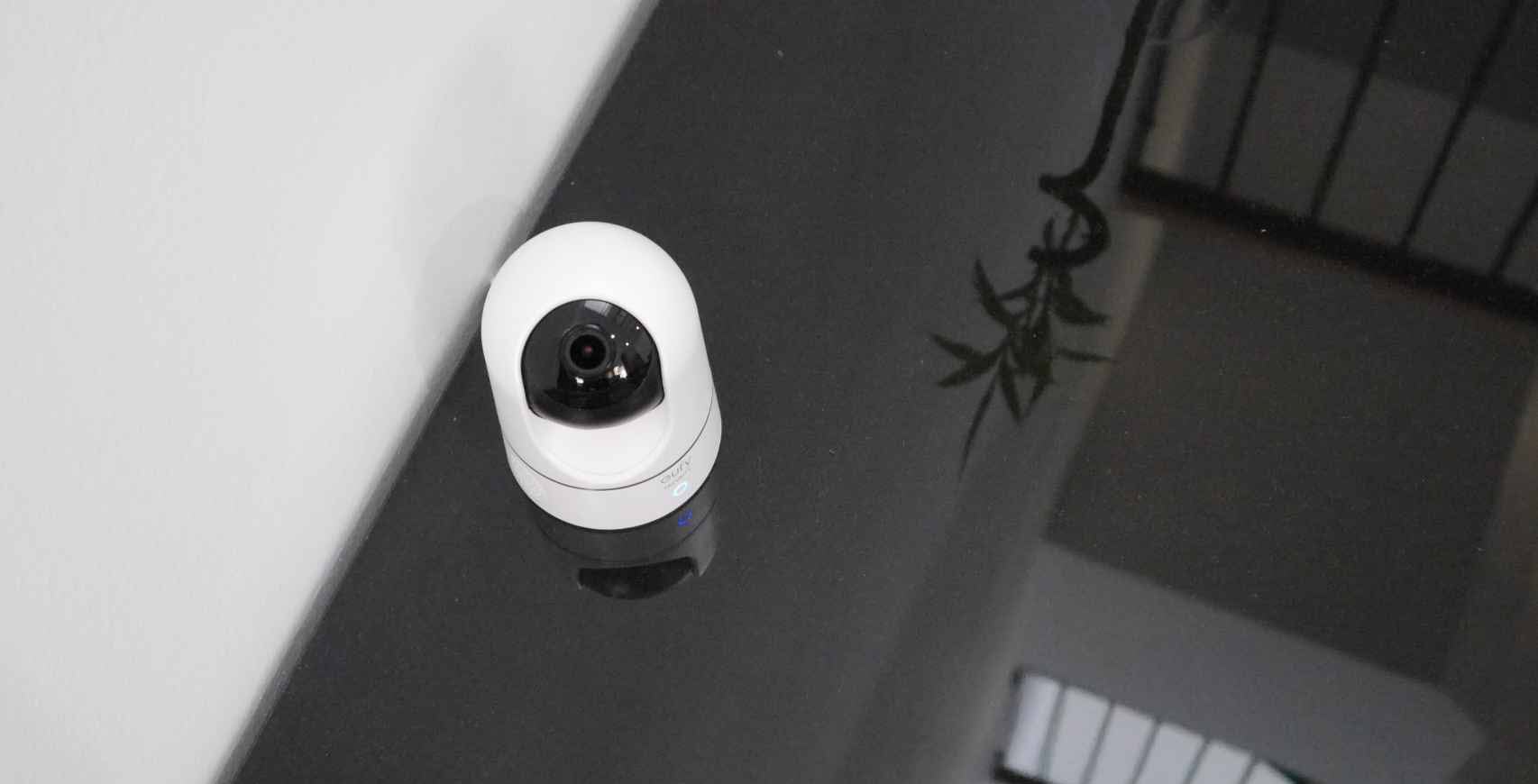
Another important feature to consider is the type of recording. Resolution is one aspect to consider, but so is night vision, which allows visibility even in the absence of light. Similarly, it’s useful for the camera to have artificial intelligence-based object detection, so that alerts are not triggered when a cat enters the backyard but are triggered when a thief enters.
Not everyone likes to have cameras in their homes, or at least not in certain areas. This could leave certain parts of our homes unprotected, but there are ways to address this with motion sensors.
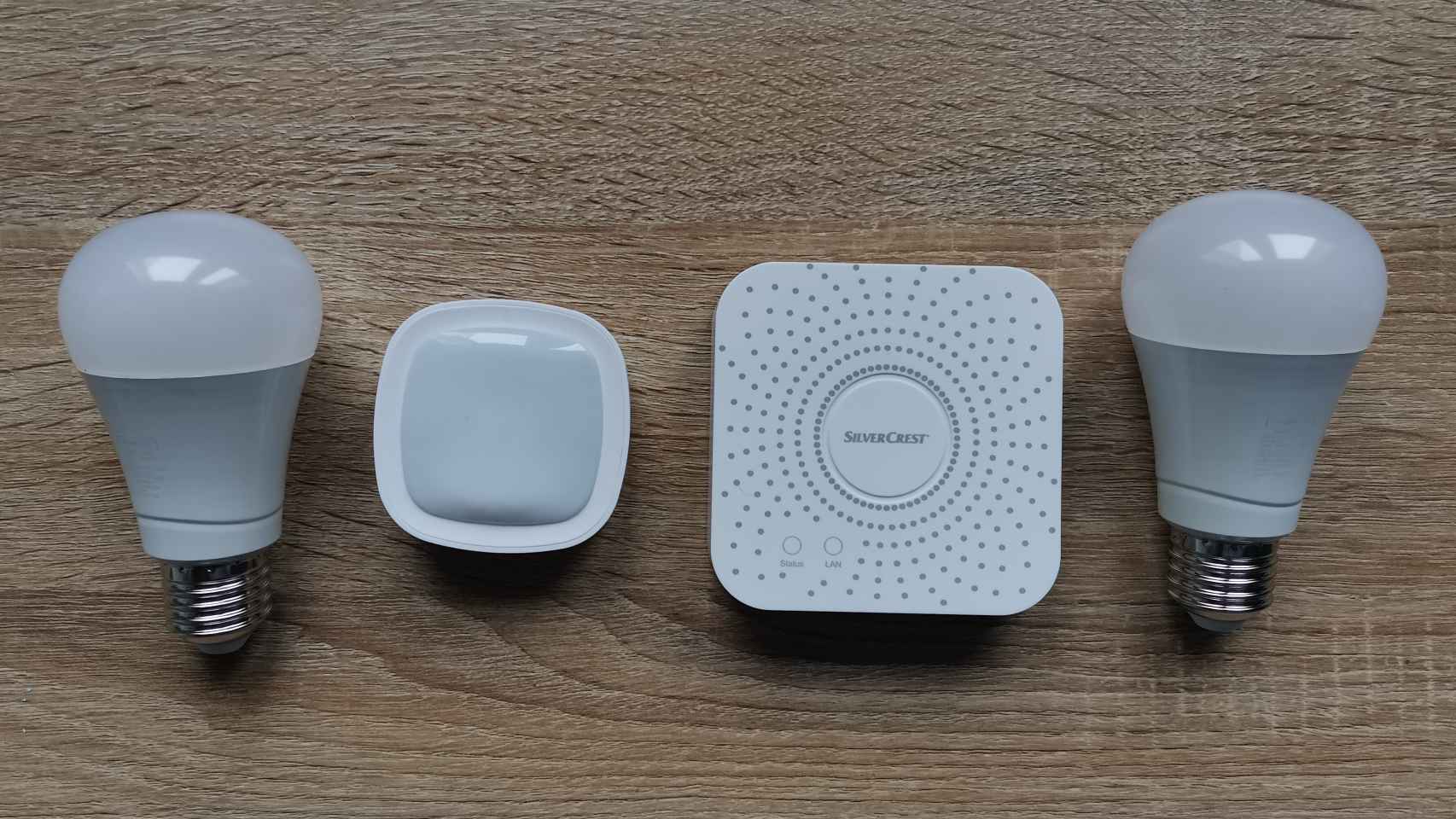
These types of devices use waves to detect if there is any movement or presence in front of them. They can’t determine what it is, but they can indicate that there has been some change inside the house. A good placement for these types of sensors is the bathroom or the bedroom, where there should be no movement when we’re on vacation.
These sensors integrate with our mobile phones, allowing us to receive a notification if they detect any movement. However, unlike cameras, we won’t be able to see what caused the movement, only when it occurred. If we have cameras in other parts of the house, we can check them to ensure that no one has entered.
Another very interesting device to have installed in our homes is the video doorbell. This device serves as a security camera and also acts as a way to deceive potential thieves.
Sometimes, when a house is being targeted for robbery, thieves ring the doorbell under false pretenses just to check if anyone is home. With a video doorbell, we can answer even when we’re not there, giving the impression that the house is not unoccupied.
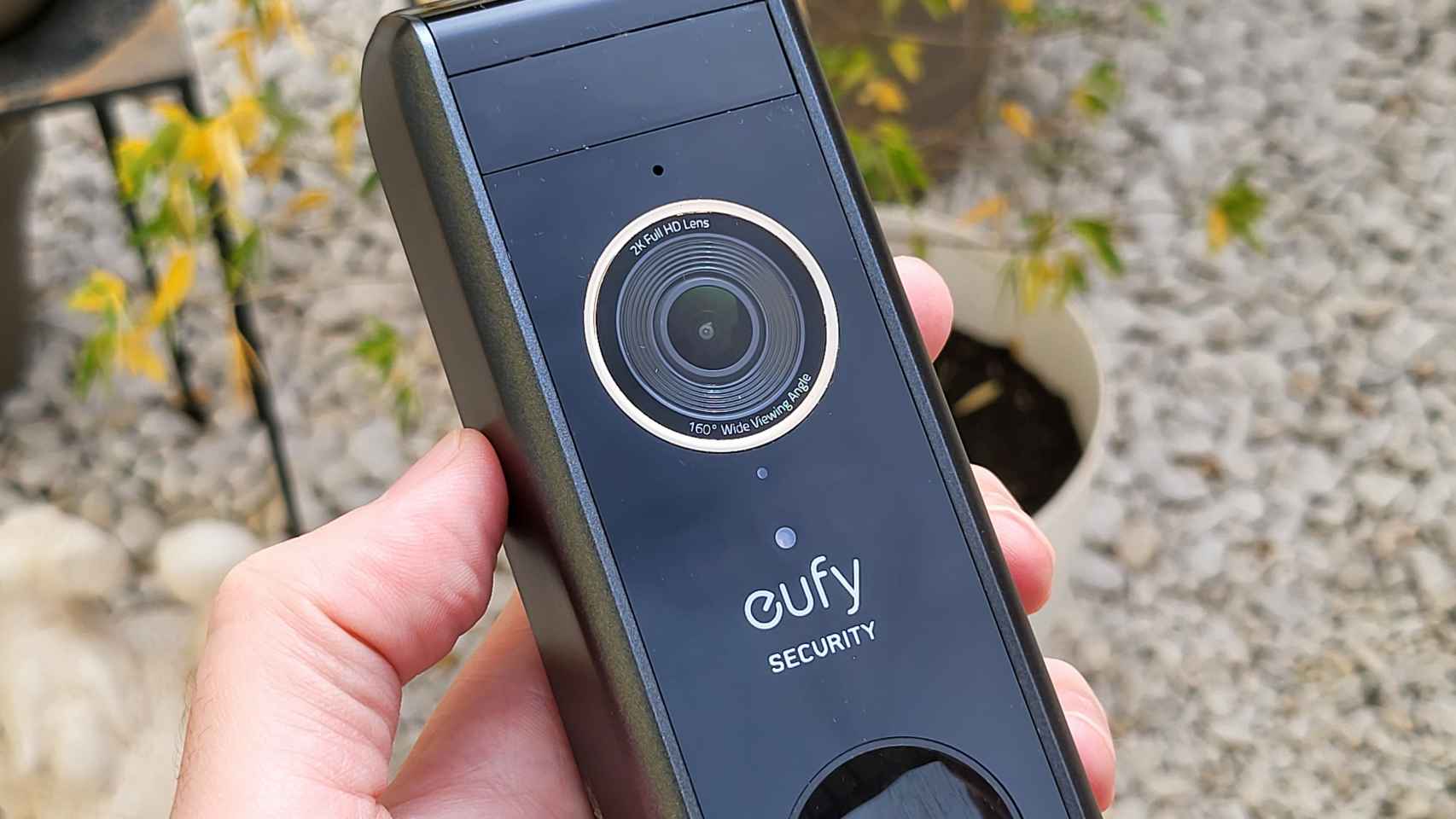
This is possible because the video doorbell connects to our Wi-Fi, and it initiates a voice call to our mobile phone, allowing us to see who is in front of the doorbell and speak as if we were at home.
The best option for monitoring doors and windows are opening sensors, which consist of two components that detect if they are in close proximity to each other. When a door or window is opened, the two components move apart, triggering a notification indicating that a change has occurred in that access point.
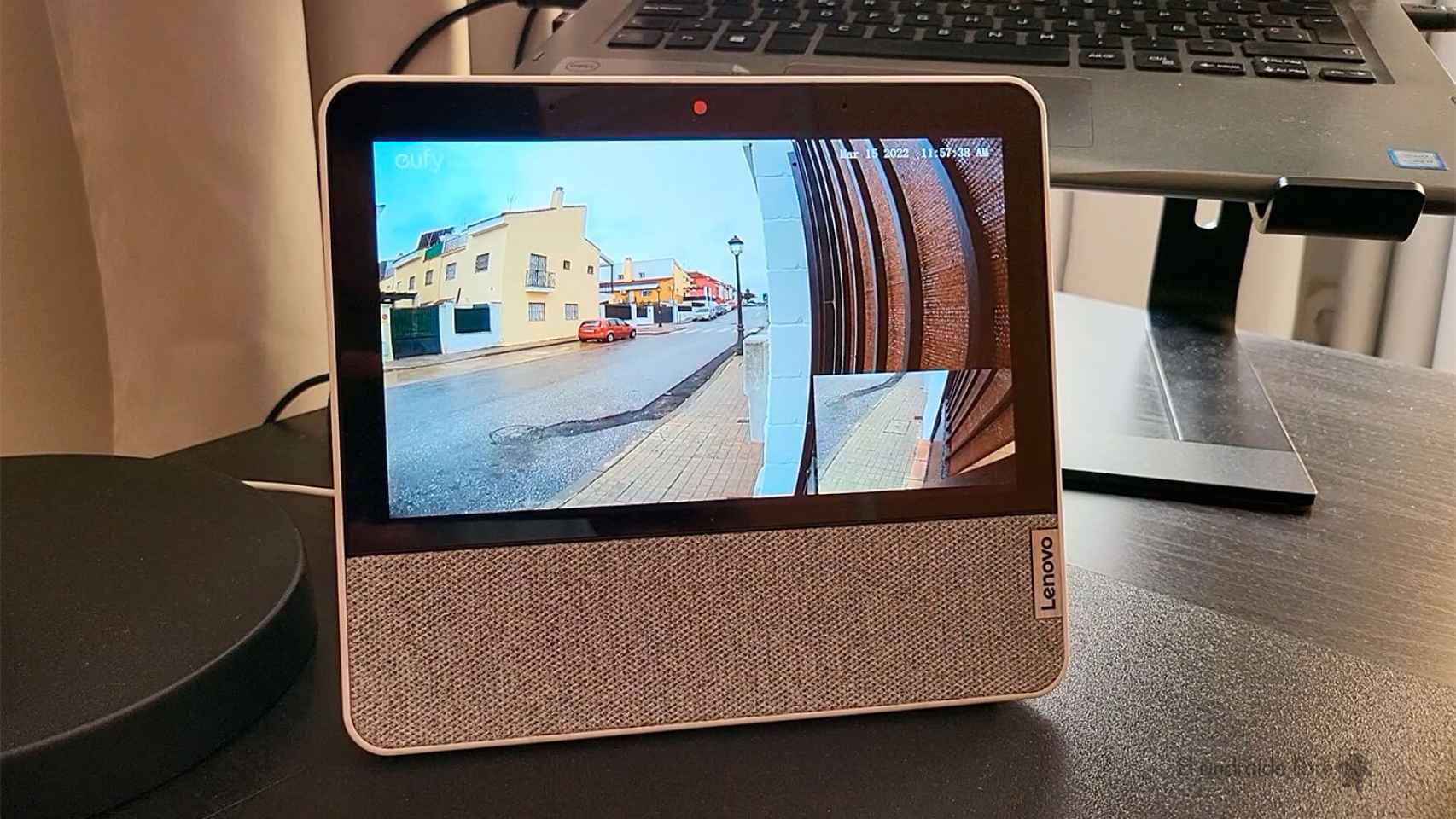
The advantage of these devices is that they are cheaper than surveillance cameras or motion sensors, so it’s feasible to install them on multiple doors or windows. However, it’s advisable to place them on the entry points that burglars are most likely to use.
In addition to these devices, we can use an old mobile phone as a security camera using specific applications. Similarly, we can use our smart lights and speakers to simulate presence at home by programming their activation or remotely turning them on.
In any case, an internet connection is required at home to receive notifications unless we have purchased a system with mobile connectivity, in which case we just need to ensure that there is coverage. These cameras with SIM cards are ideal for leaving them in second homes when we return to our primary residences, but not necessarily for our regular homes.